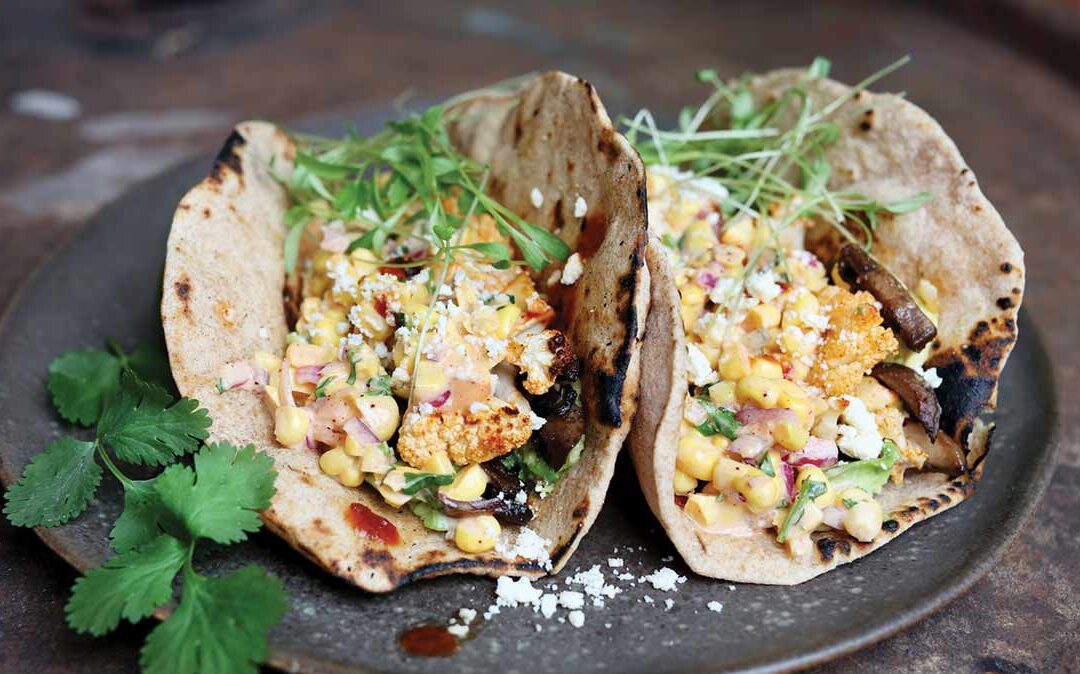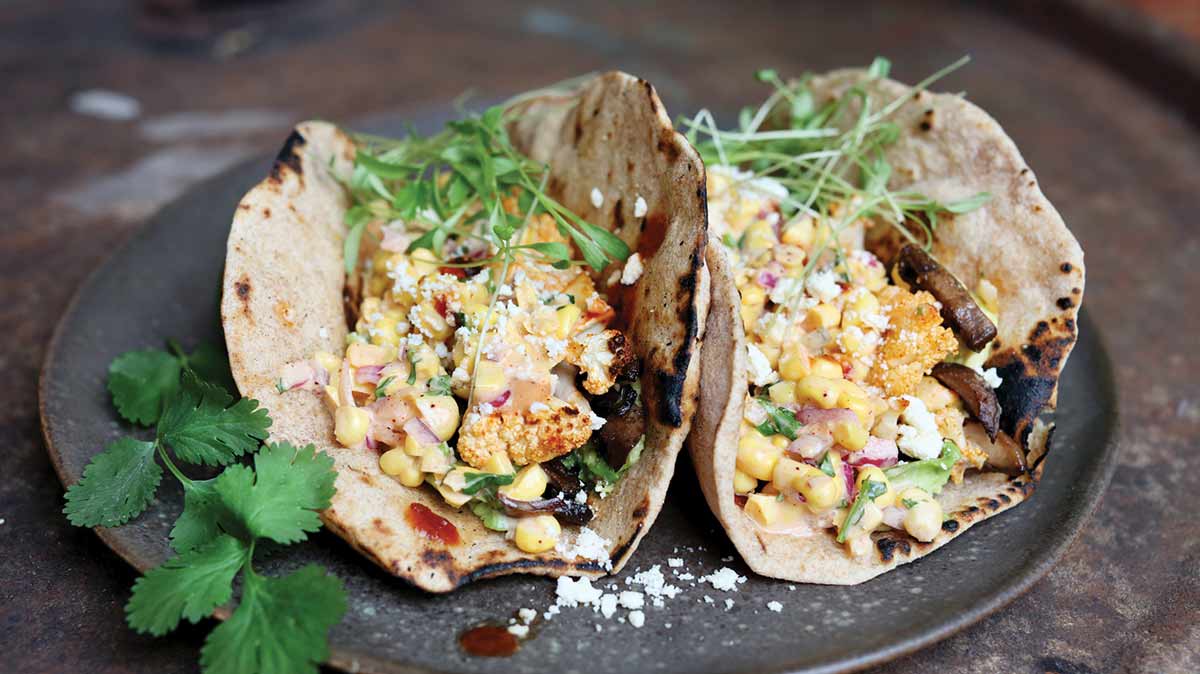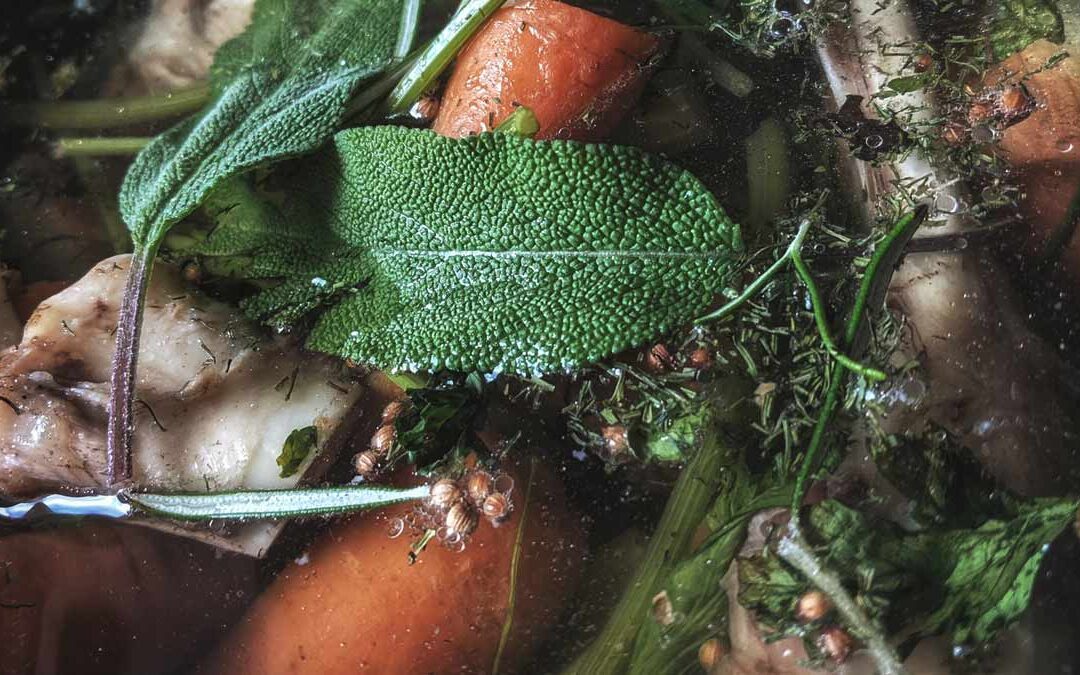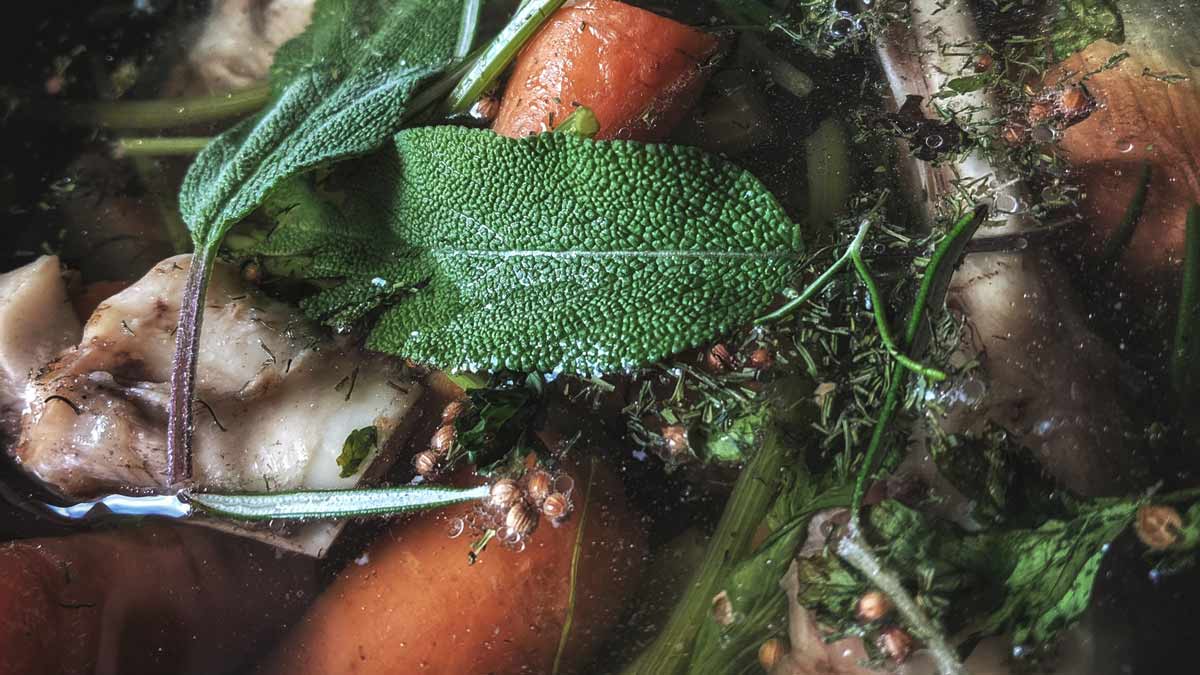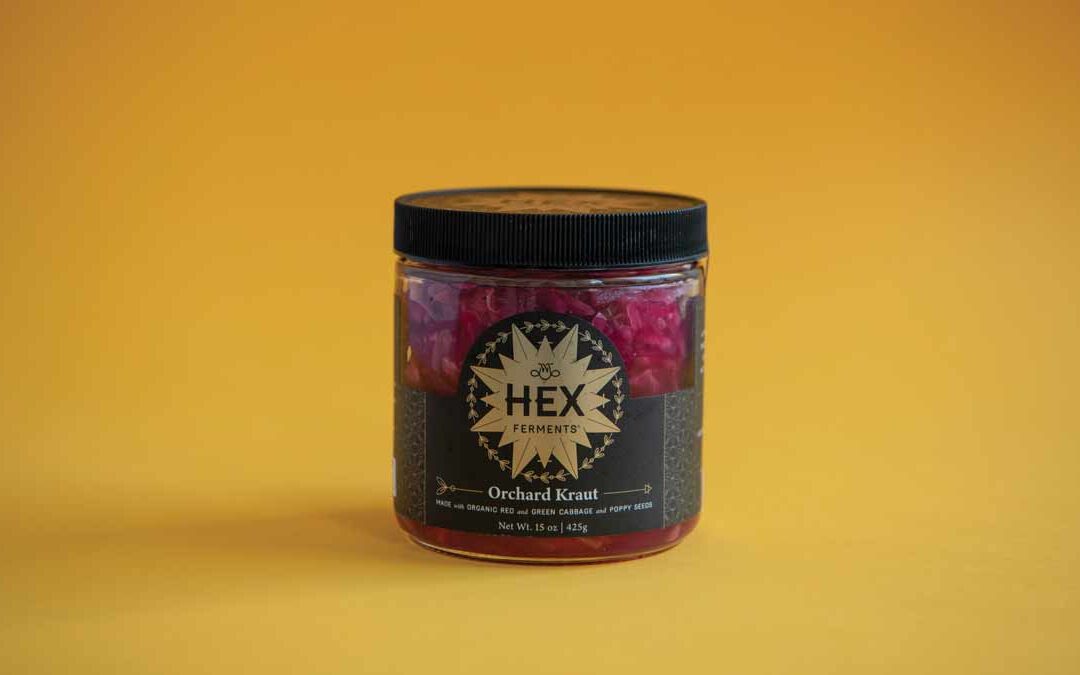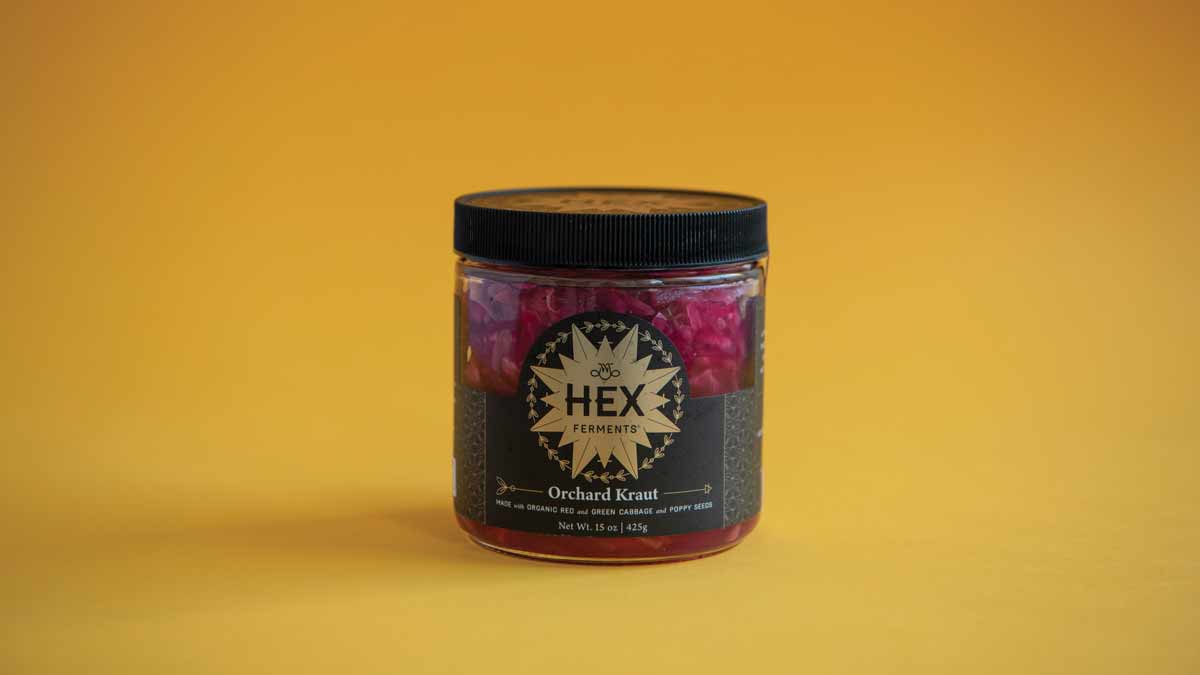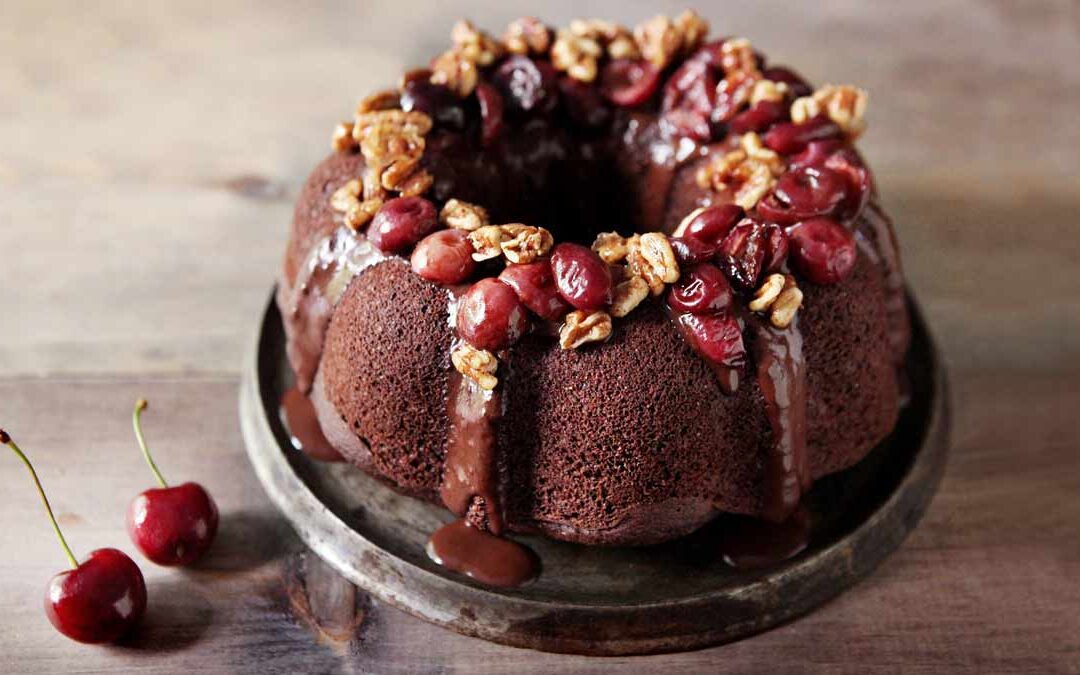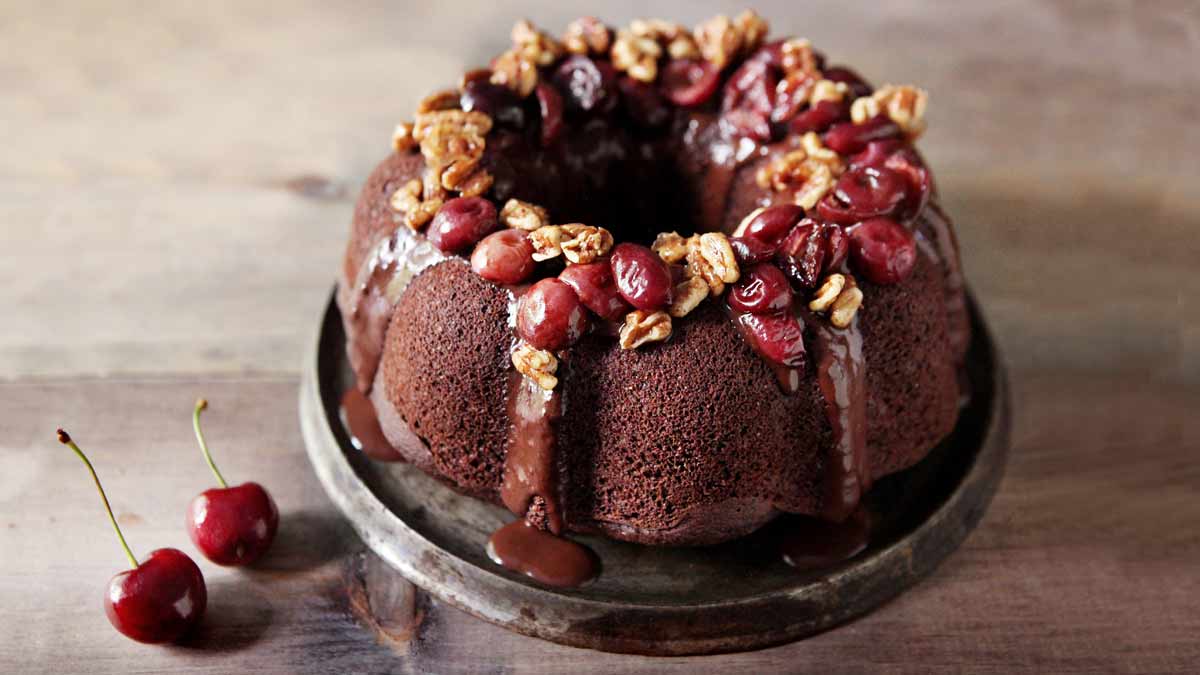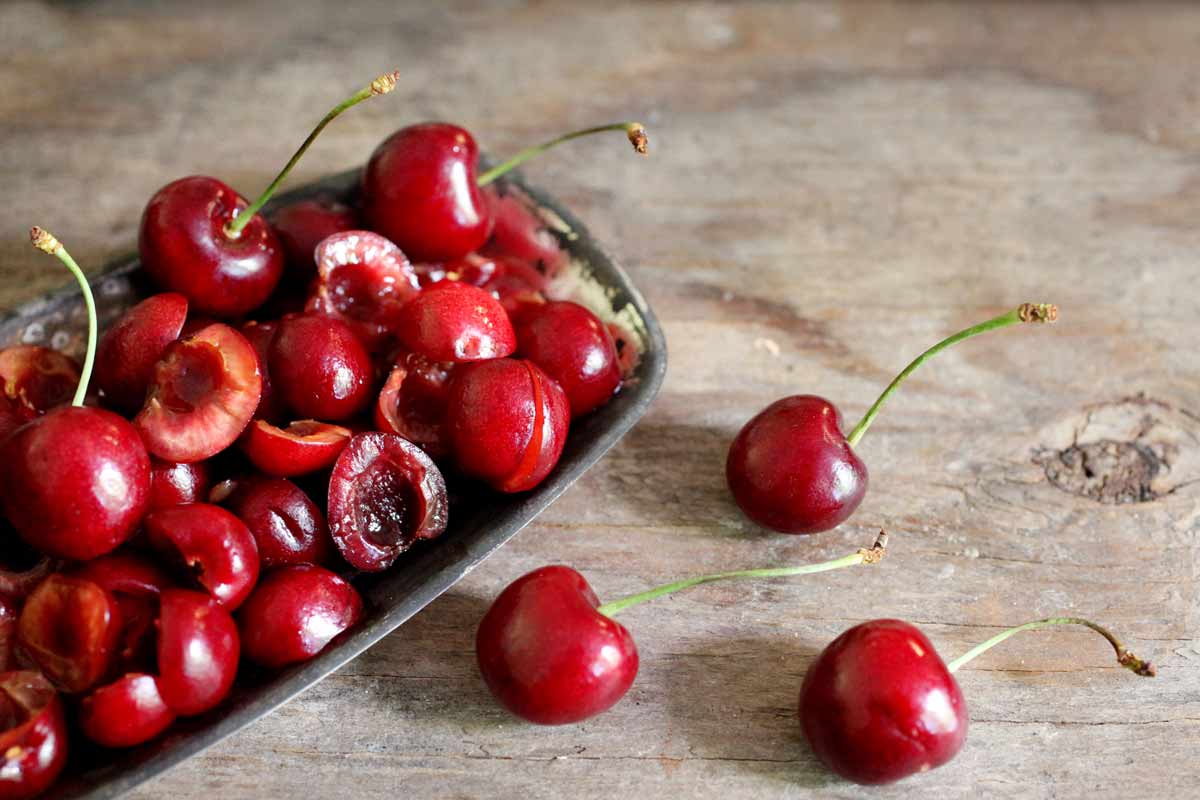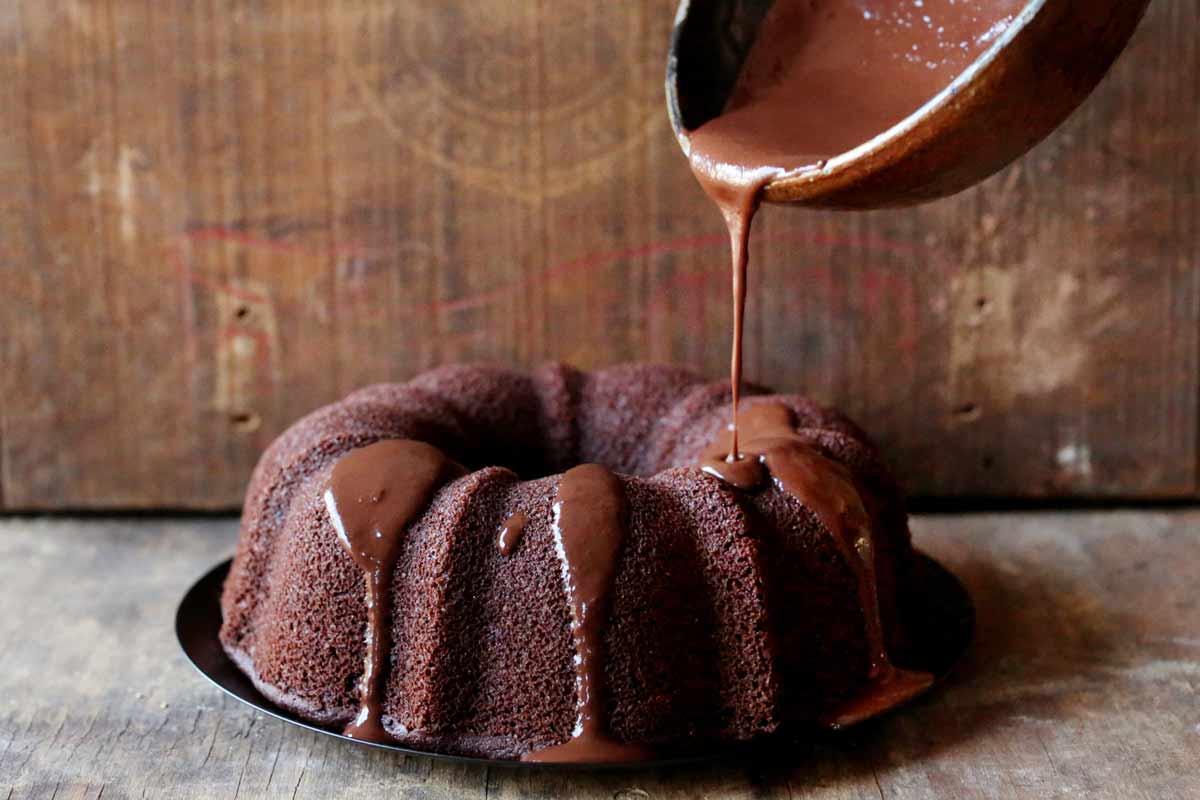
Food is Love – A look inside Integral Yoga’s Kitchen
Food is Love – A look inside Integral Yoga’s Kitchen
FOOD

What does “Food is Love” mean to you?
When I first came to volunteer at Integral Yoga’s kitchen in 2002, my Tuesday shifts with Kitchen Mother Andalamma were wonderful. She reminded me of my own mother – small, dark brown, no nonsense. When she cooked, she made the food that she ate and fed her own children. It was an invitation into her home, her space, her life. Into who she is. And when you do that, you’re inviting others to do the same. It’s an expression of love.
Share with us what you love about the kitchen.
The kitchen operates mainly through Karma Yoga, the practice of selfless service, or volunteering. That in itself is an act of love. During my 18 years in the kitchen, it became a meeting place for the cooks and Karma Yogis to develop ourselves through friendships and through the food we prepared. Our cooking and sharing meals is an invitation for people to find a spiritual home here. Andalamma really created a sanctuary. As kitchen manager, it’s been important for me to continue that. We recognize who people are, not just what service they bring, and we nurture them. Karma Yogis have gone on to serve in other ways throughout Integral Yoga. Many, myself included, have become teachers.
We‘ve also nurtured board members, program directors, sound healers and many more! People have met and married through this kitchen. The patience in learning, understanding proportions, and combinations of ingredients are still a labor of love and a metaphor for life itself.
What part of your life or yourself did you bring to the kitchen?
I grew up in a diverse neighborhood, Jamaicans, Indians, Pakistani, Italian, Irish and Chinese. Mr. Frederico gave me bread and salami from his deli on my way home from school, I ate homemade samosas at the Singh’s house (also where I first saw Michael Jackson’s Thriller video!) and of course fish and chips. There was a lot of food in my ‘hood, and it always came with a lot of love! This is reflected in our Integral Yoga’s kitchen. Here, you can share your culture and it will be appreciated. From time to time, teachers or staff would offer to cook the food they grew up with, and we would learn a lot about one another.
And everyone is welcome. My Jamaican mother and Nigerian father raised five children in the ‘70s and ‘80s, during the Thatcher years. As hard as they worked, they always welcomed people into our home. I remember people stopping by and my father encouraging them to stay for dinner, telling them that we had more than enough to share. From a very early age, I remember eating every kind of food. Hanging with my mother at my Jamaican godparent’s parties at 12 years old, it’s the food that I remember – the salt fish fritters, chicken and beef patties and syrup. It was good and plentiful.
Tell us more about this recipe.
Last summer, I spent many late nights driving uptown. We would usually stop at a really good Dominican eatery just before making our way over the bridge into the Bronx. This, my late night snack, was never disappointing. And those nights hearing music and simultaneous conversations, seeing the parked cars and the lines in all the restaurants made me feel there’s no community without love and no community without the love of food.
There’s something very loving about finger food and eating with your hands. You’re sharing with others. It’s communal. It’s also reflective of an important time in my life, when I was in Mexico teaching a performance workshop for young people. A local family cooked for us as a way of making money and at the time, I was a pescatarian. In Mexico, that’s a little problematic as dairy and meat are in almost everything. I asked if I could have a tortilla with just beans and rice. They said of course. When I went to pay, they refused my money, even after I insisted several times. I once again experienced food as an expression of love and inclusion.
Oyster Mushroom and Batata
(Purple-skinned Sweet Potato) Tacos
I am reminded of the combination of simplicity and creativity of meals that sit between a snack and ‘dinner.’ In these tacos, it was always about the batata for me – perfectly baked and naturally caramelized due to its own sugar. I love this purple sweet potato, and I remember the first few times I cooked them in the kitchen and how much they were enjoyed. The oyster mushrooms are delicious and versatile and remind me of a dear friend with whom I’m always sharing food.
Ingredients: (Makes 10 tacos)
- 2 medium batata (or any sweet potato)
- A large handful of oyster mushrooms
- 1 tsp garlic powder
- 1 tsp smoked paprika
- 2 tbsp sunflower or vegetable oil
- Salt and ground white pepper to taste
- 10 soft corn or flour tortillas
For the garnish:
- Finely grated red cabbage
- Finely chopped cucumber
- Lime zest
- Sliced red onion
- Fresh cilantro
Wash and dry the potatoes. Make a small incision across the top and allow them to completely dry before wrapping in foil and placing in the oven at 350°F.
Separate, lightly rinse, completely dry the mushrooms and continue to wipe clean if necessary. Season with garlic powder, smoked paprika, and a little white pepper. Mix well and place aside for at least an hour. Add oil, then place in the oven.
Check the potatoes periodically, between 45 minutes to an hour (depending on the size). Remove them from the oven once they are soft all the way through.
Set them aside for 30 minutes to cool, then refrigerate for an hour. Carefully peel the potatoes and cut into bite-size cubes. Optional: Sauté the cooked, diced batata over medium heat, until golden.
Warm tortillas in skillet or frying pan on low heat. Once cooked, check the mushrooms for seasoning. Place mushrooms on the tortilla and top with cubed batata.
To garnish, add red cabbage and cucumber, a pinch of lime or lime zest if desired. Add a slice of onion and sprig of cilantro to the taco.


